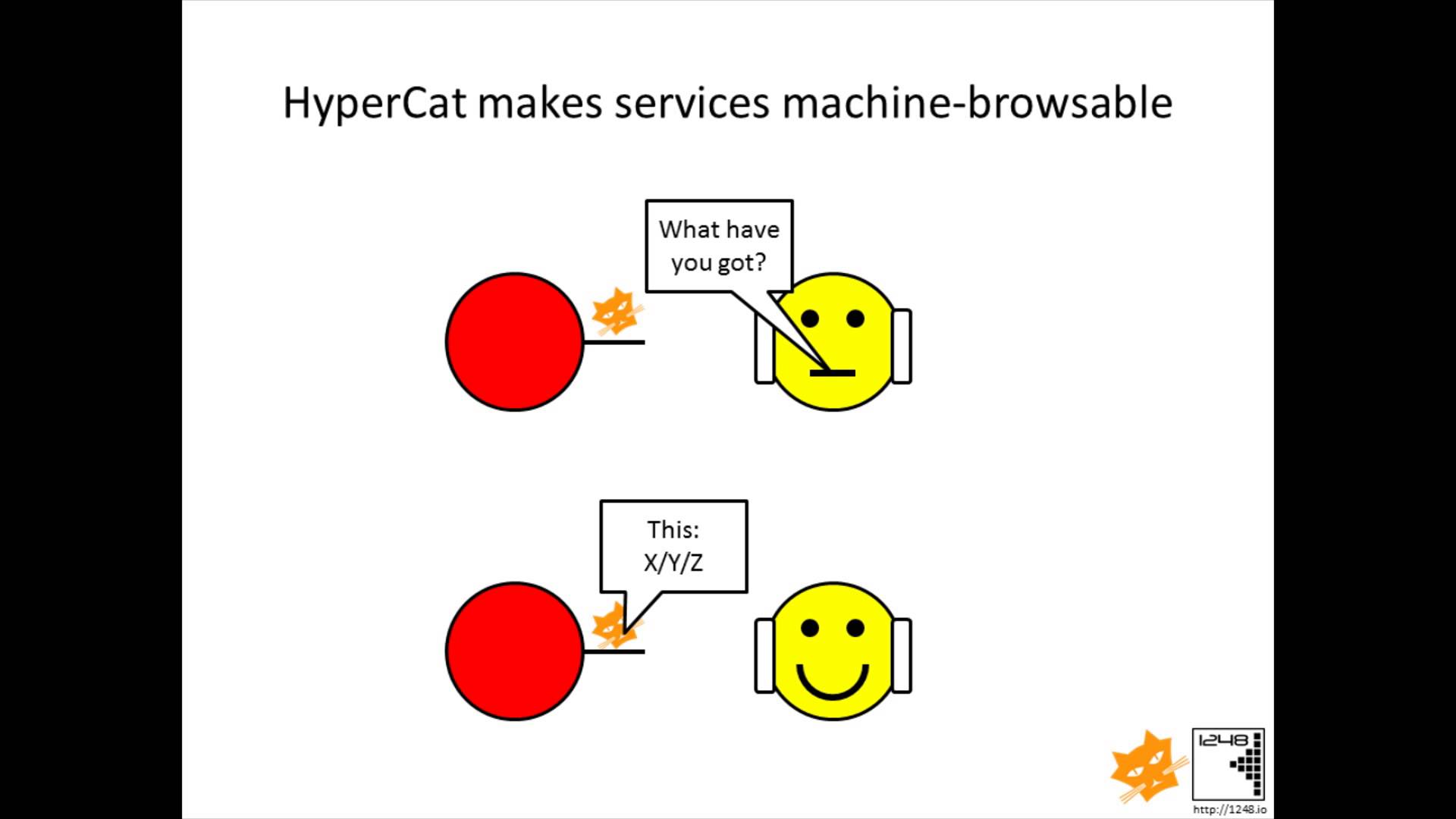
Hypercat advances global interoperability standard for Internet of Things (IoT)
The internet is entering a new era with the emergence of the “Internet of Things”. Put simply, the Internet of Things (IoT) is the concept of connecting any device that has an on-off switch to the internet and/or to each other. This includes mobile phones, home and workplace appliances and lighting, and a wide range of machinery and machine components.
For the IoT to function successfully, the devices connected to it need to be interoperable. That is, they need to be able to exchange information. In response, a UK-initiated alliance has developed an interoperability standard for the IoT, called Hypercat. For an introduction to Hypercat see the video above.
With the launch of Hypercat Australia on 6 September 2016, Hypercat has taken a step forward towards becoming a global standard. Hypercat Australia is being established as an independent, not-for-profit organisation and will be administered by the Knowledge Economy Institute led by Dr Mike Briers AO, Australia’s first Industry Professor of IoT at the University of Technology Sydney.
Hypercat Australia was launched by the Hon Angus Taylor MP, Australia’s Assistant Minister for Cities and Digital Transformation, and Nick McInnes, British Consul General and Director General for Trade and Investment.
The Australian Government sees Hypercat Australia as feeding into its recently announced Smart Cities and Suburbs Program, and Hypercat is already being used in this context in India. A previous article in RealKM Magazine explored knowledge management in relation to smart cities.
Also published on Medium.






